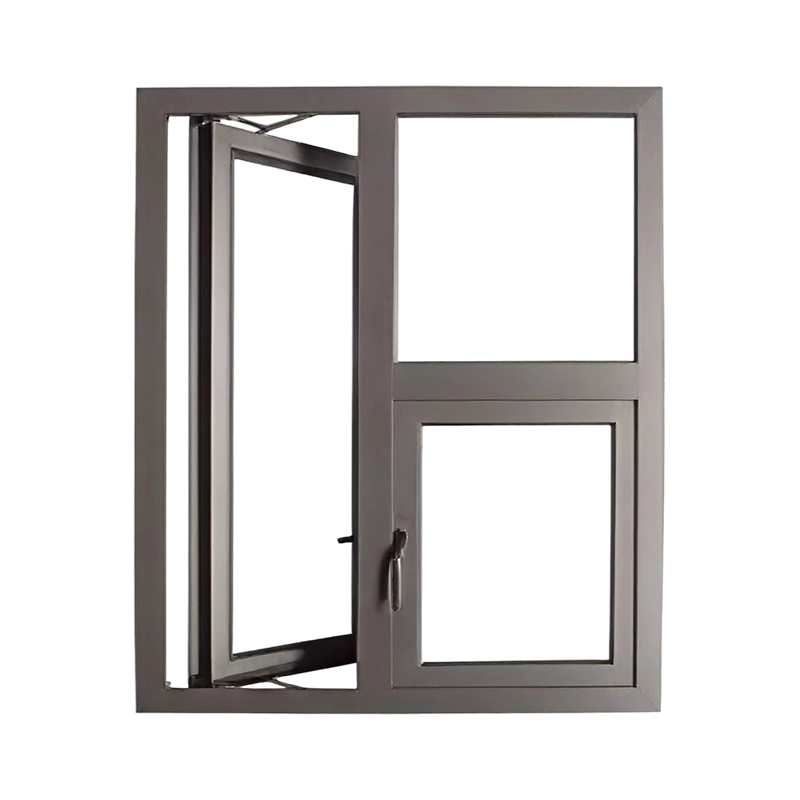Aluminum Windows: The Ultimate Guide to Alloy and Hurricane-Resistant Options
Introduction Aluminum windows have become one of the most popular choices in modern construction, offering a balance of strength, style, and practical...
Read MoreAluminum alloy windows have become a defining element in contemporary building design. Their strength, durability, and adaptability make them a preferred choice for architects and homeowners who value both functionality and style. Unlike traditional window materials, aluminum alloy frames allow for more flexibility in design, enabling wide applications in residential, commercial, and industrial projects. In modern architecture, the available design options are vast, ranging from minimalist aesthetics to energy-efficient innovations.
Fixed aluminum alloy windows are stationary and do not open. They are often used in modern architecture to create large, uninterrupted views and bring in natural light. With slim frames, they maximize the glass area, making them ideal for spaces that require abundant daylight and panoramic outdoor scenery.
Casement-style aluminum alloy windows open outward with hinges on one side. They are valued for their ability to provide maximum ventilation while maintaining an airtight seal when closed. In contemporary homes, casement windows are commonly used for bedrooms, kitchens, and areas where airflow control is important.
Sliding aluminum alloy windows move horizontally along tracks, offering a clean, space-saving design. They are practical in high-rise apartments and compact spaces where outward or inward opening windows may not be feasible. Sliding designs also give a sleek, modern appearance while ensuring smooth operation.
Awning windows hinge at the top and open outward, while hopper windows hinge at the bottom and open inward. Both are popular in modern architecture for ventilation without compromising rain protection. Aluminum alloy frames ensure durability and resistance to bending or warping.

Tilt-and-turn aluminum alloy windows offer dual functionality: tilting inward for ventilation or turning fully open for cleaning and access. This European-inspired design is increasingly popular in modern architecture, blending convenience, security, and aesthetic appeal.
Bi-fold aluminum alloy windows fold neatly to one side, creating a wide opening between indoor and outdoor areas. They are commonly used in restaurants, patios, and modern homes seeking seamless indoor-outdoor integration. Their slim aluminum profiles allow for larger panels without compromising structural stability.
In commercial buildings and high-rise towers, curtain wall systems made with aluminum alloy frames dominate modern architecture. They provide extensive glass façades that enhance aesthetics while allowing natural light to penetrate deeply into interior spaces. Aluminum’s lightweight strength makes these large-scale installations practical and safe.
Modern architectural trends focus heavily on sustainability and energy conservation. Aluminum alloy windows with thermal break technology incorporate insulating materials within the frame, significantly reducing heat transfer. These designs can be paired with double or triple glazing for superior energy efficiency, making them suitable for green building certifications.
Architects increasingly seek unique window shapes—triangular, circular, or trapezoidal—to complement creative building designs. Aluminum alloy’s malleability allows for precise fabrication of custom frames. At the same time, minimalist profiles with ultra-slim frames align with contemporary architectural trends that emphasize light, openness, and clean lines.
Beyond aesthetics, modern aluminum alloy windows can incorporate enhanced locking systems, laminated safety glass, and even smart automation for remote operation. These options meet the growing demand for homes and buildings that combine architectural beauty with security and convenience.
Aluminum alloy windows offer a wide spectrum of design options in modern architecture, from fixed and sliding windows to curtain wall systems and smart-enabled solutions. Their adaptability, strength, and sleek appearance make them suitable for both residential and commercial projects. With choices in style, glazing, energy efficiency, and customization, they play a key role in shaping buildings that are not only functional but also aligned with contemporary design values.